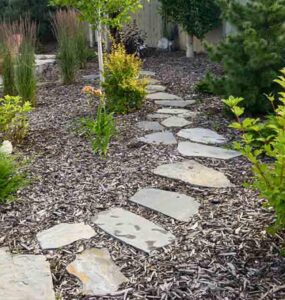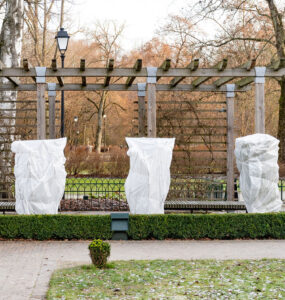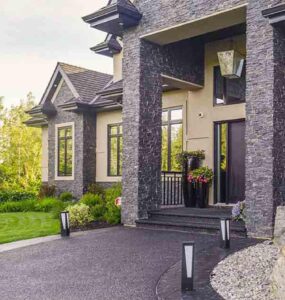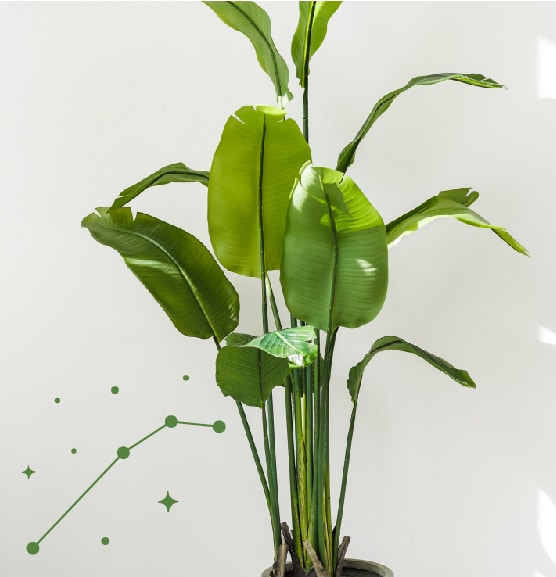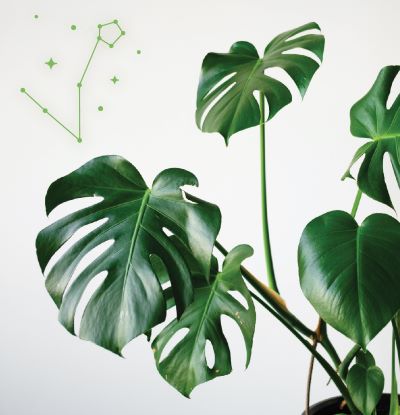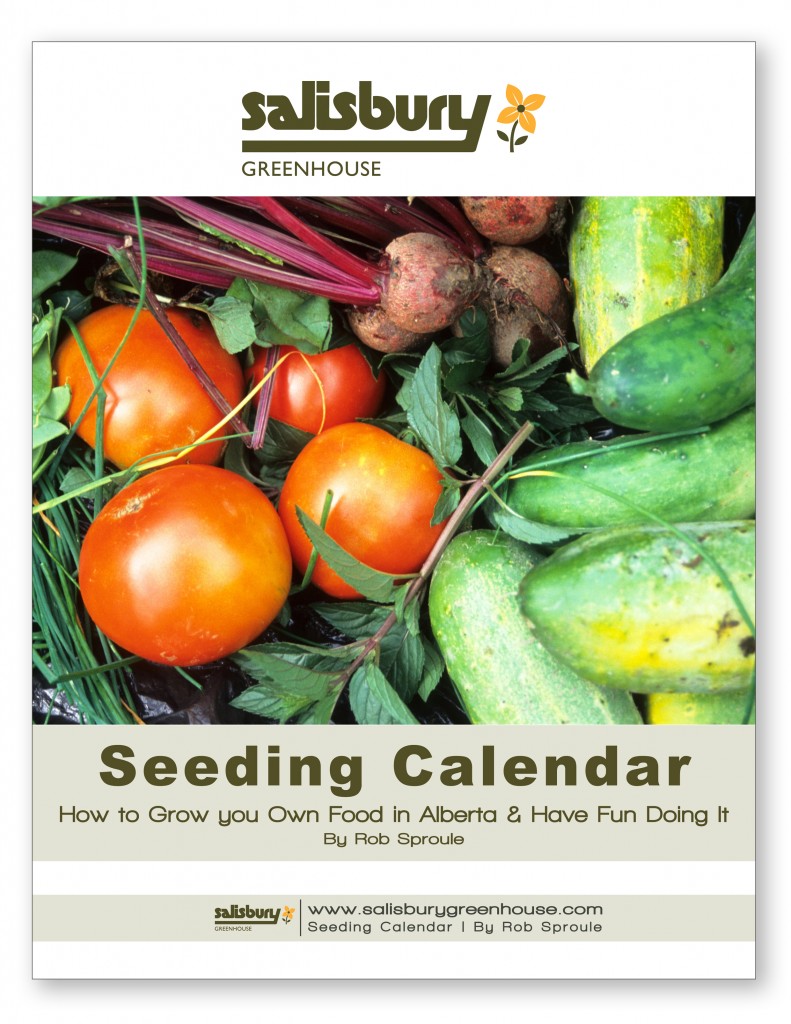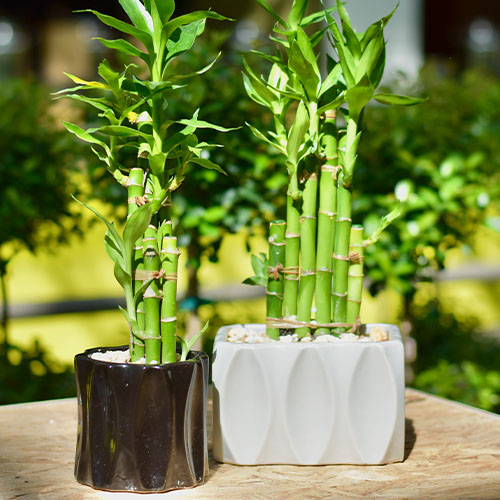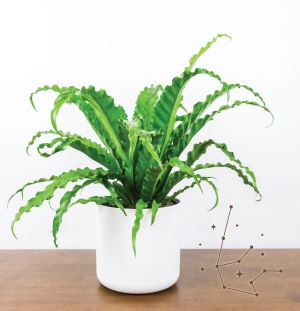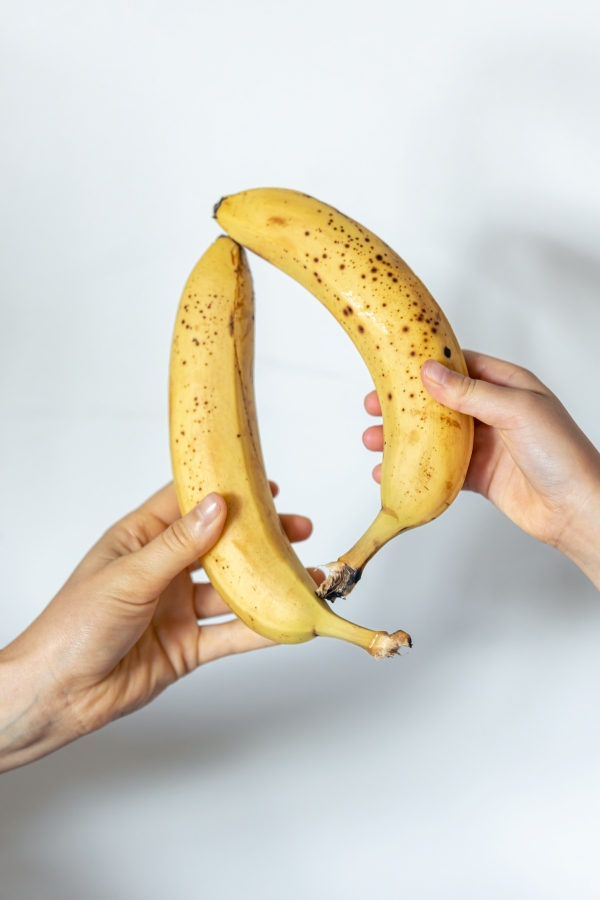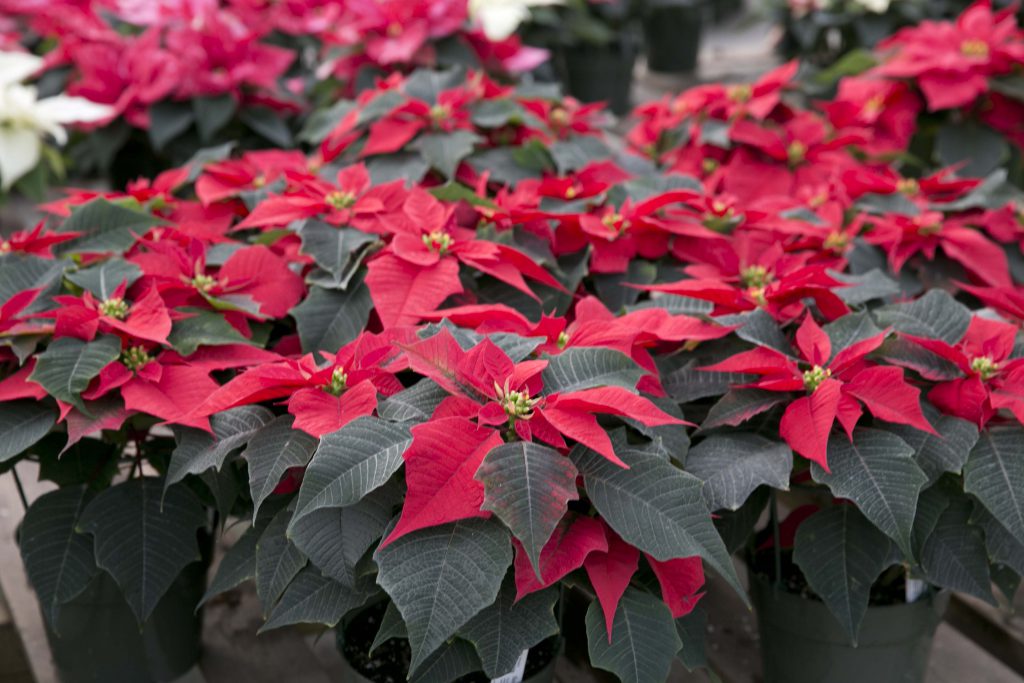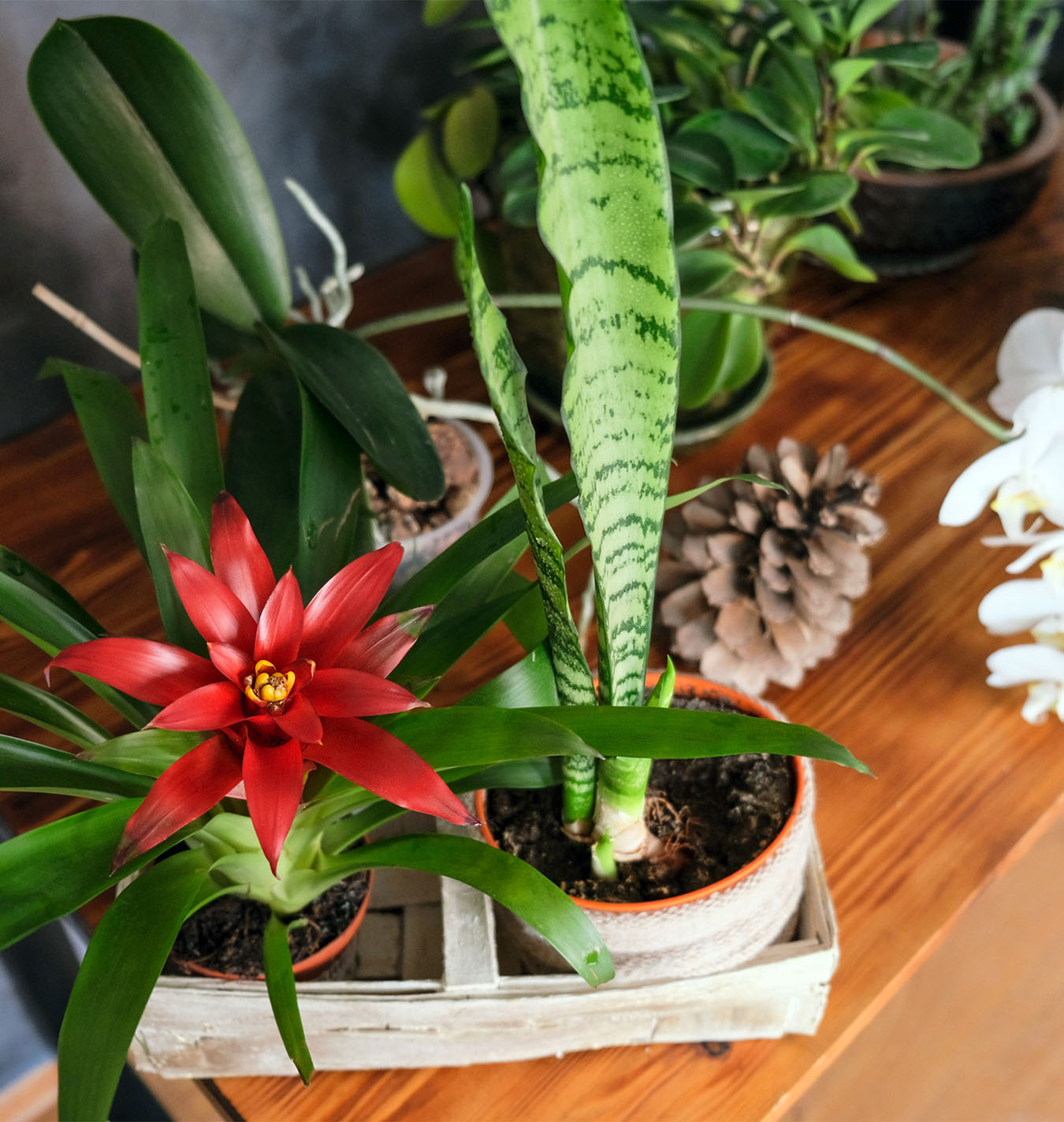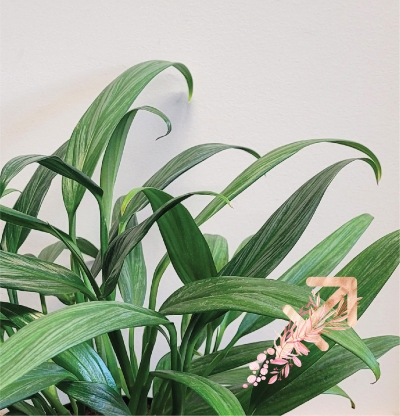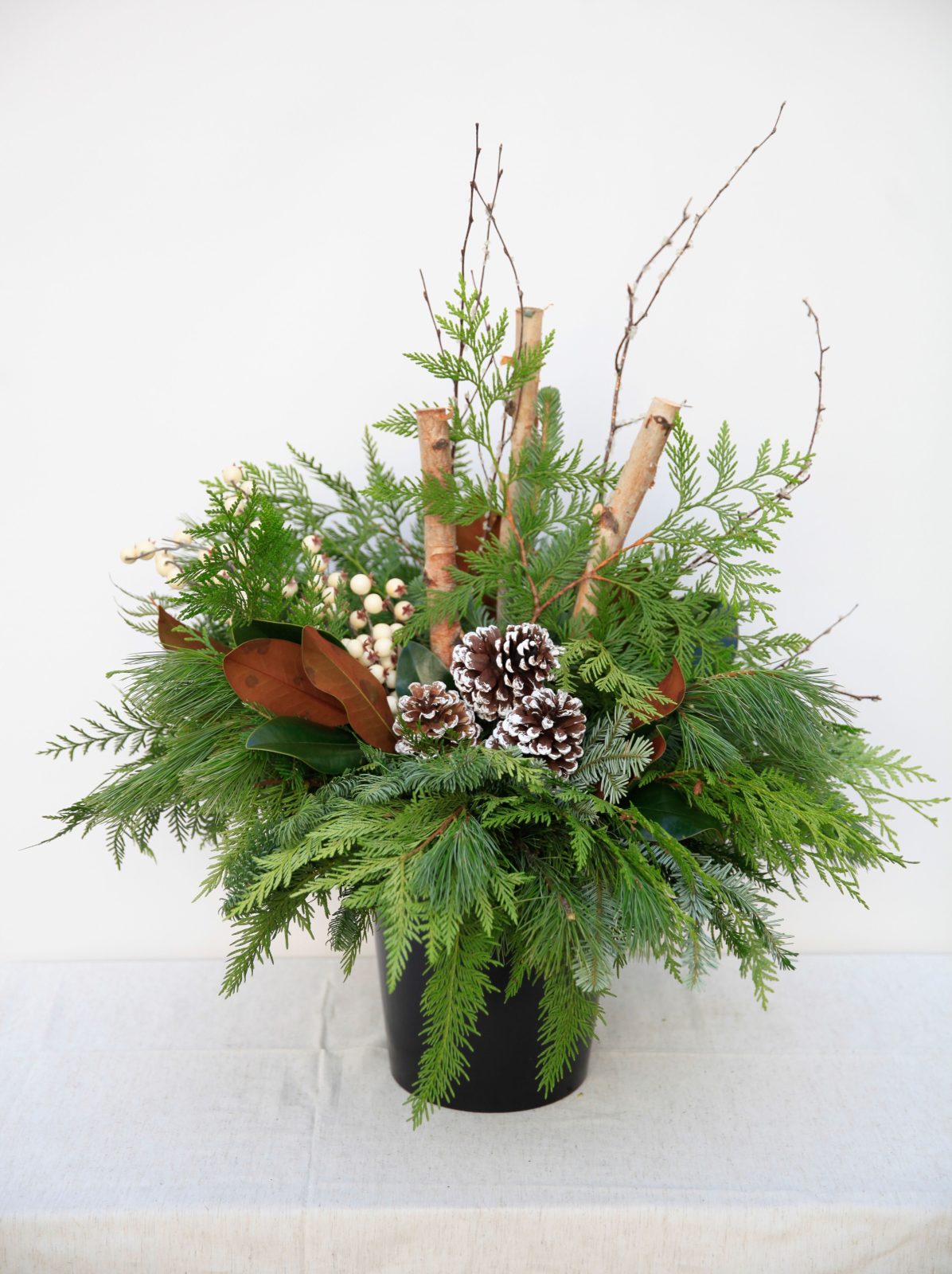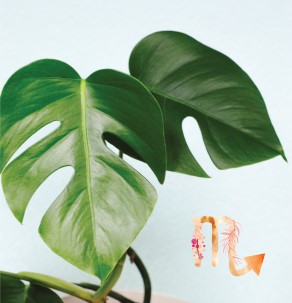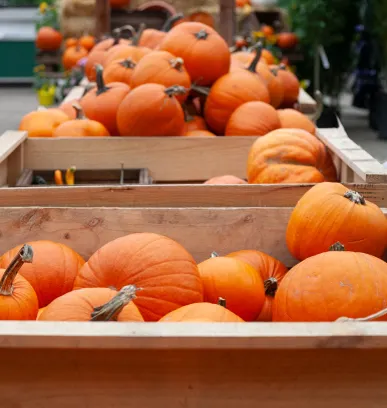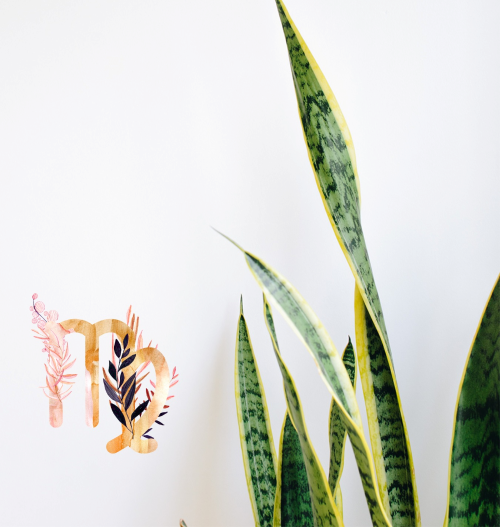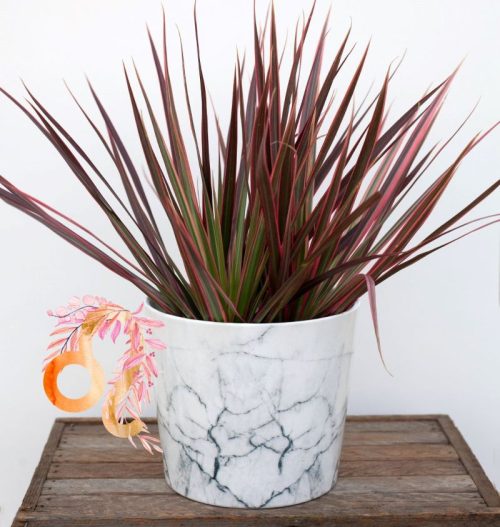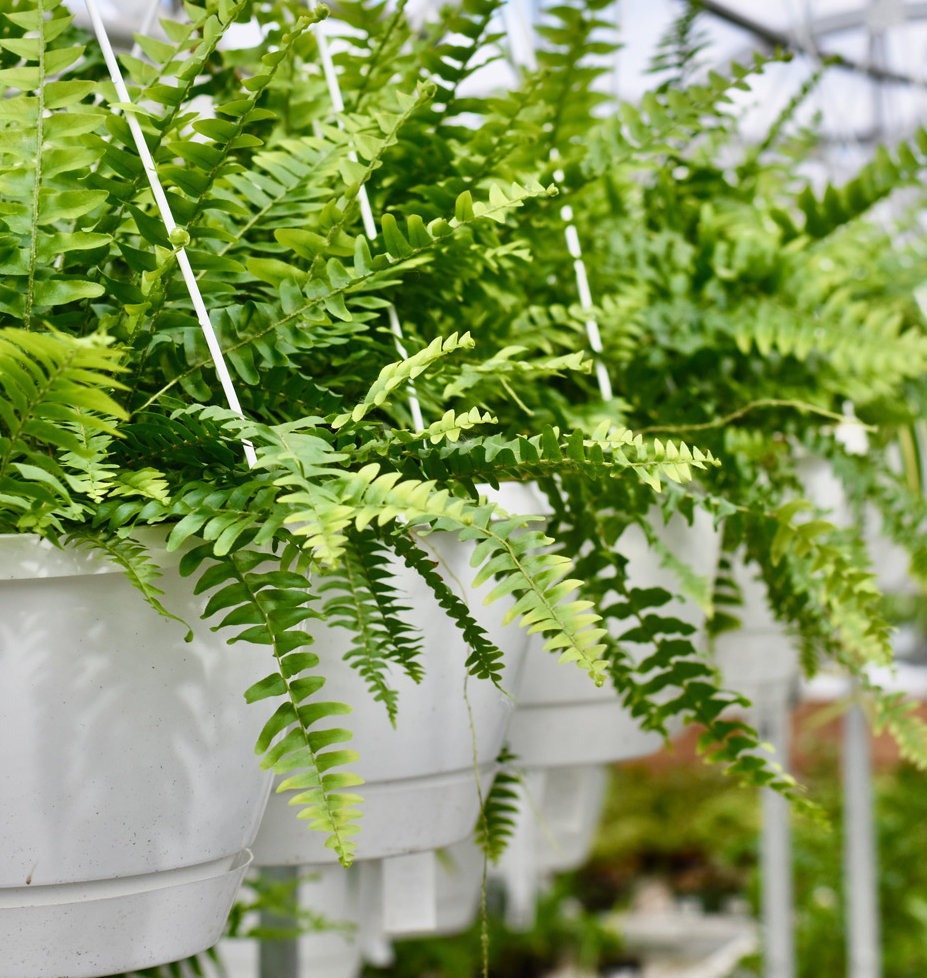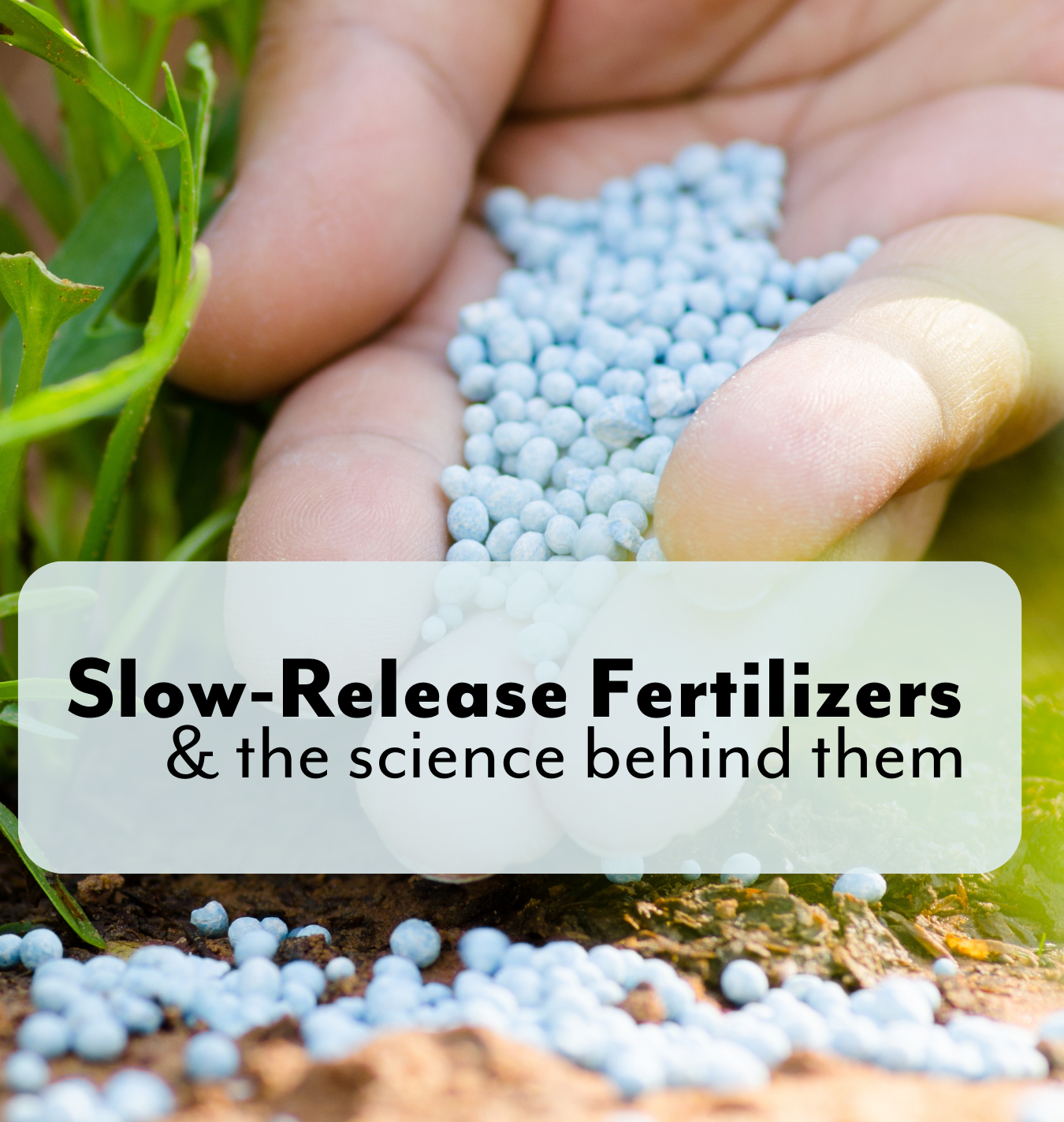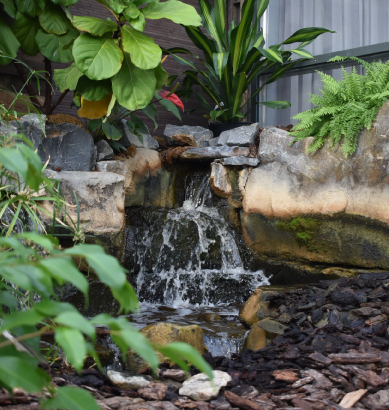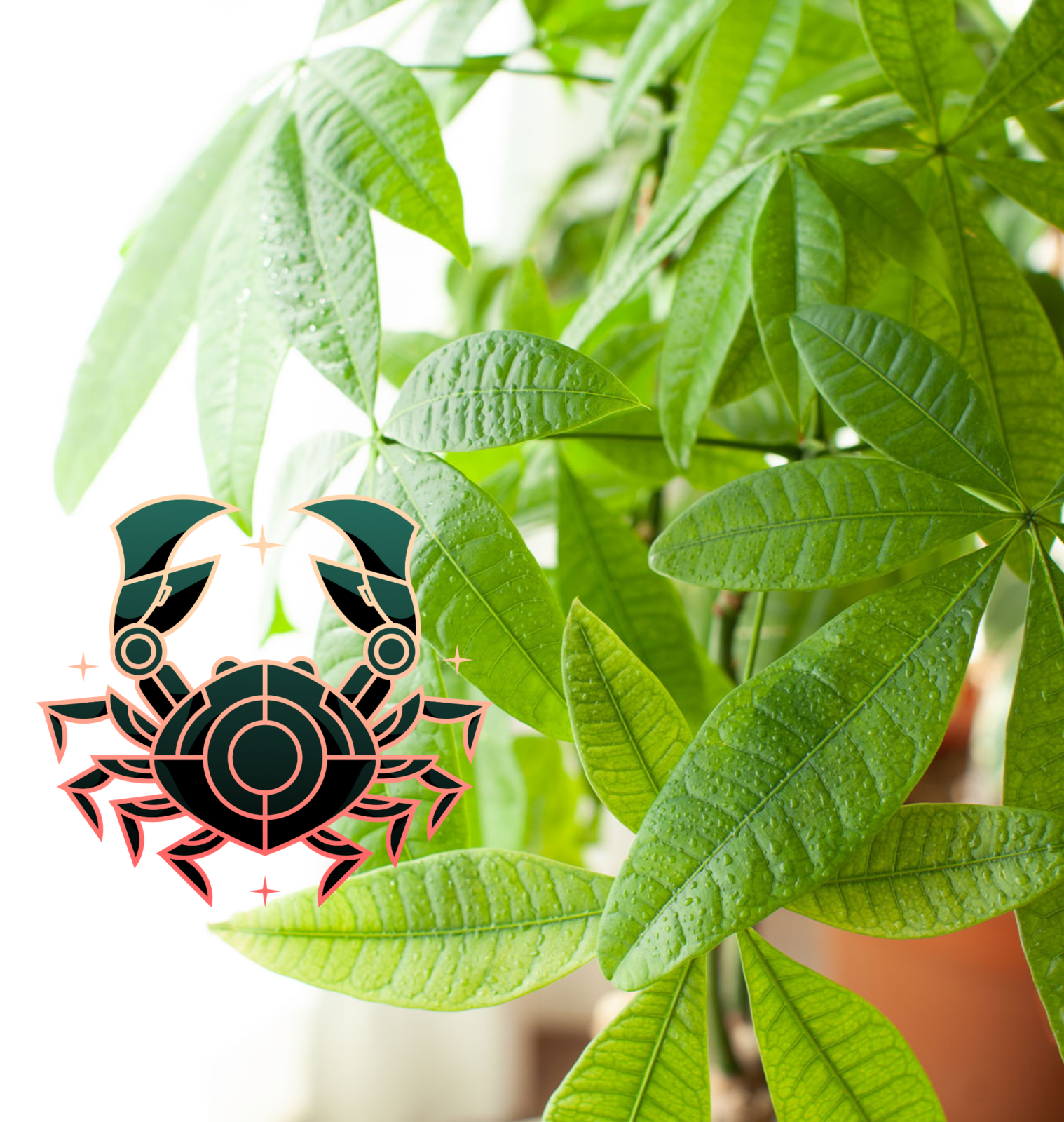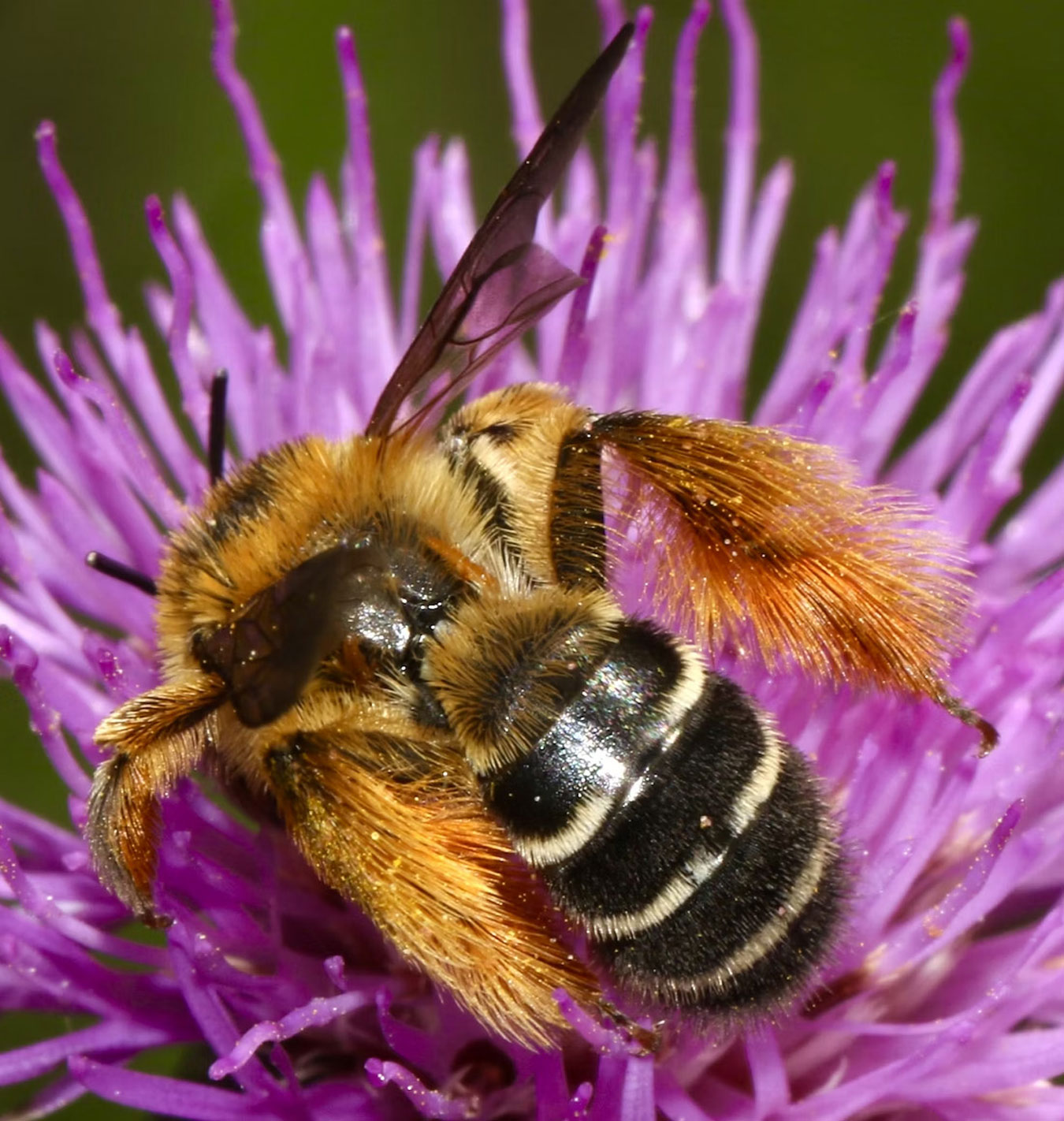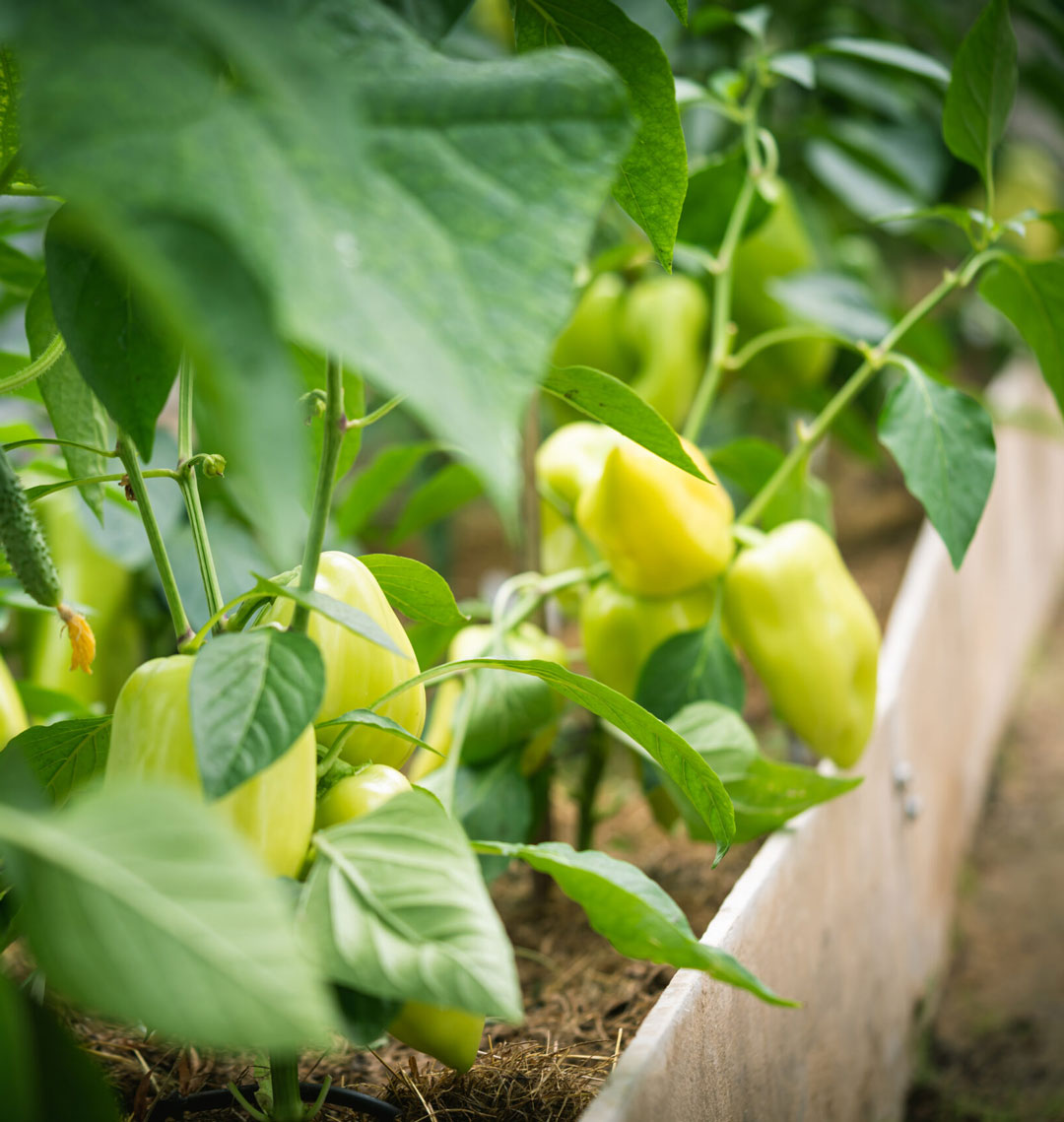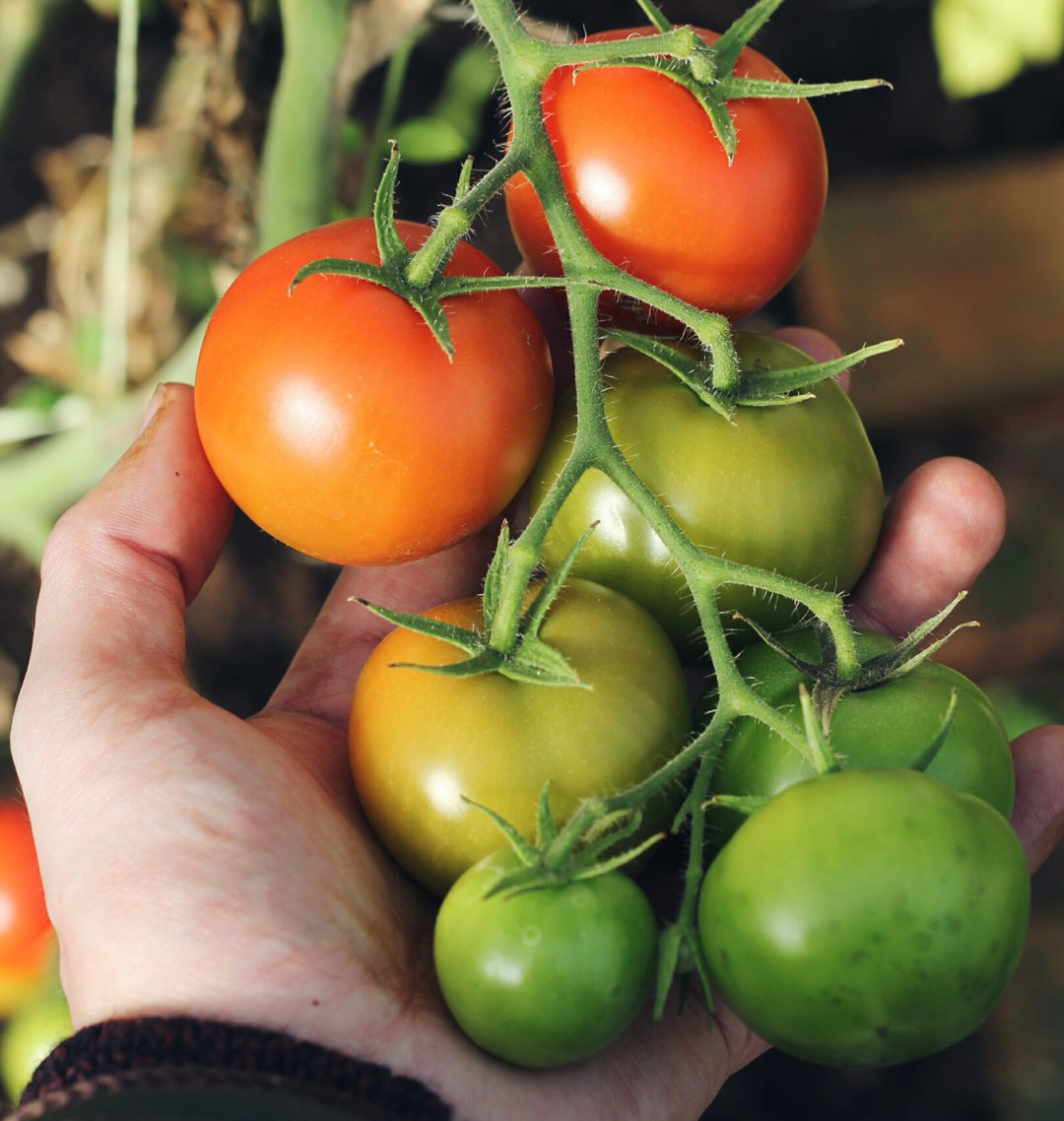
Container Garden University: Exposure
By Rob Sproule
Before you Shop
Full Shade
Partial Sun
Full Sun
It is one of the basic requirements for a healthy, lush garden: sunlight. So it can be tricky to find the right location when every plant on your wishlist has different sun requirements. But just a little bit of strategizing for sun exposure can make all the difference to your container success.
“The late afternoon sunlight, warm as oil, sweet as childhood”¦”
– Stephen King, Carrie
The most frequently asked question, and arguably the most important, is the question of sunlight. Will your lovely shade plants burn up, or will your sun-lovers get pale and stringy?
It will be downright easy to find the right plants for some exposures, while others will thwart whatever plants you place there. Savvy gardeners often end up repeating what works best in a tricky area, once they find it.
Think of a Garden Center as a United Nations of plants. The plants you browse through in the spring have been pulled from the 4 corners of the earth (especially the annuals and tropical plants), and a plant native to the deep jungles of Columbia might be found on the bench beside one from the Namibian desert.
Before you Shop:
The plant tags will give you the exposure basics. Before heading to the Garden Centre, take a good look at your spot to see when the sun shines, how intense it is, and any other variables (for example, is there a big water feature next to it that will cut the sun with moisture? Does white reflective siding rise over it?)
3-5 pm is the period of most intense sunlight. If your spot gets sunlight all the way til noon and then again in the evening (eg, a big southwest-facing tree in the way), you’ll be able to plant partial-shade or even full-shade plants, even though it’s mostly sunny.
If your spot only gets sun from 2-5 pm (eg, a south-facing gap between 2 houses), partial-shade plants will probably burn up. This will be the most difficult spot to fill, since full-sun plants won’t get the hours they need.
Full Shade:
If the tag says Full Shade, or shows a cloud with no sun, you’ll need to provide ample shelter. These plants often come from tropical regions where very little sunlight filters down to the jungle floor.
It’s important to note that all plants love sun; it’s the intensity of the sun that they need to be sheltered from. In Miami, New Guinea Impatiens grow in full southern exposure but the humidity is extremely high. Ultimately, it might take some trial-and-error to see what will grow best in different spots of your yard.
A word of caution. Try to find a spot for full-shade plants (begonias and impatiens, especially) that has both shade and air circulation. It’s a tricky combination, but if you put them in a still air spot then powdery mildew will set in.
Dig in with Alberta’s Best Gardening Blog for more lessons from Container Garden University!
Partial Sun:
The ideal spot for a partial-sun lover (usually the label will have a cloud with sun peeking out) is a morning-exposed spot. A label showing a sun with a cloud over a part of it indicates a plant that still needs a good amount of sun but will need to be protected from the afternoon sun.
Dappled afternoon light works too (eg, a tree to filter some sun). You can also plant them on the north sides of bigger sun-lovers for built-in shade.
Keep in mind that if you live in a humid area, you can probably get away with full sun. Watch for yellowing leaves, which will indicate burning.
Full Sun:
This means that the plant needs at least six hours of good sunlight in order to perform at its best. Less sunlight and you’ll probably start to notice its original compact, pleasing habit getting leggy quickly and its foliage turning a paler shade of green.
Many full-sun plants are also drought tolerant plants that have adapted to arid conditions. These plants are ideal for your south-facing deck or patio, under a white siding that reflects the sun.
The high-octane annuals hitting the market, like Supertunias and Verbenas, tend to be full-sun. They get massive energy from a combination of sun and steady fertilizer and use it for their gorgeous summer shows.

